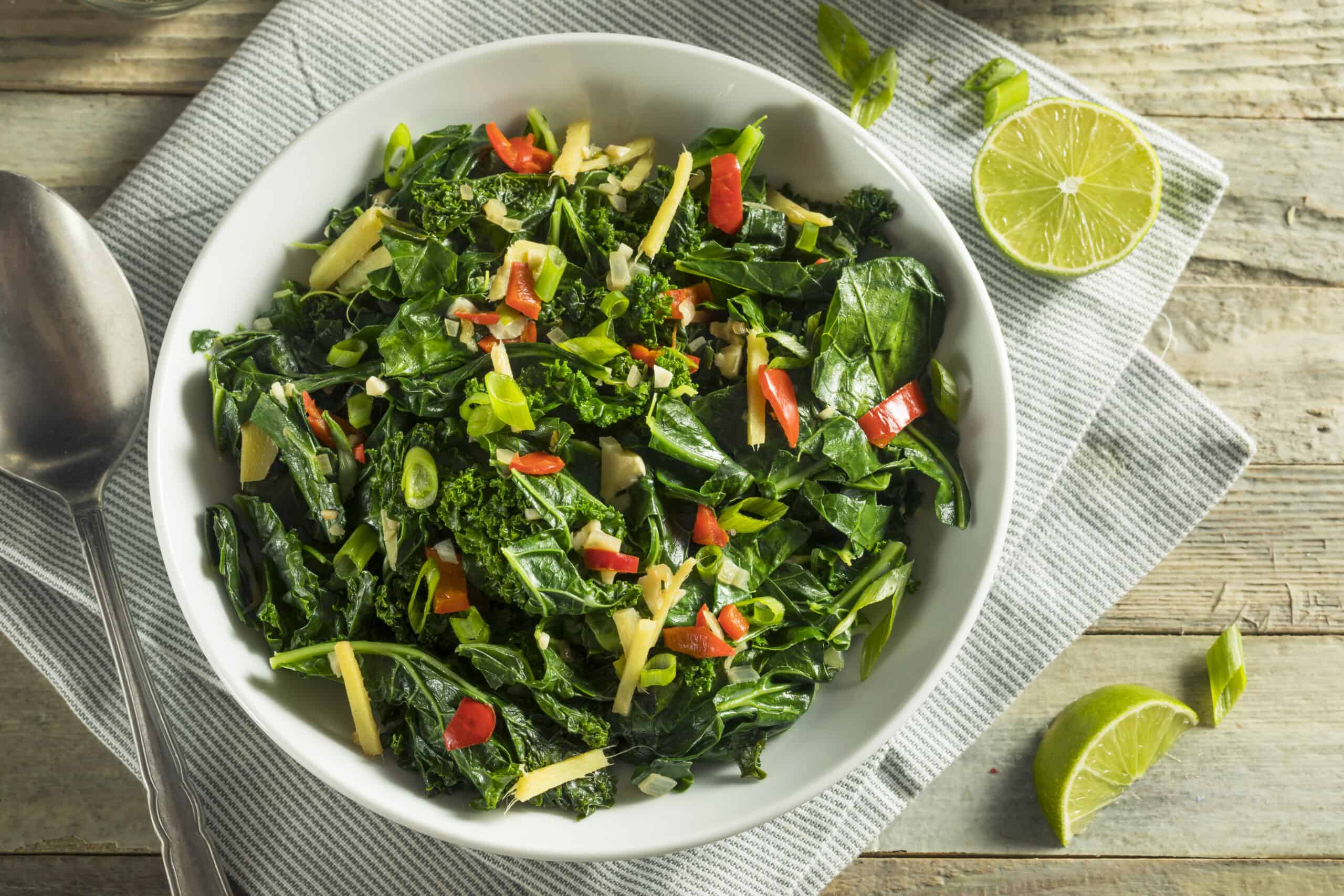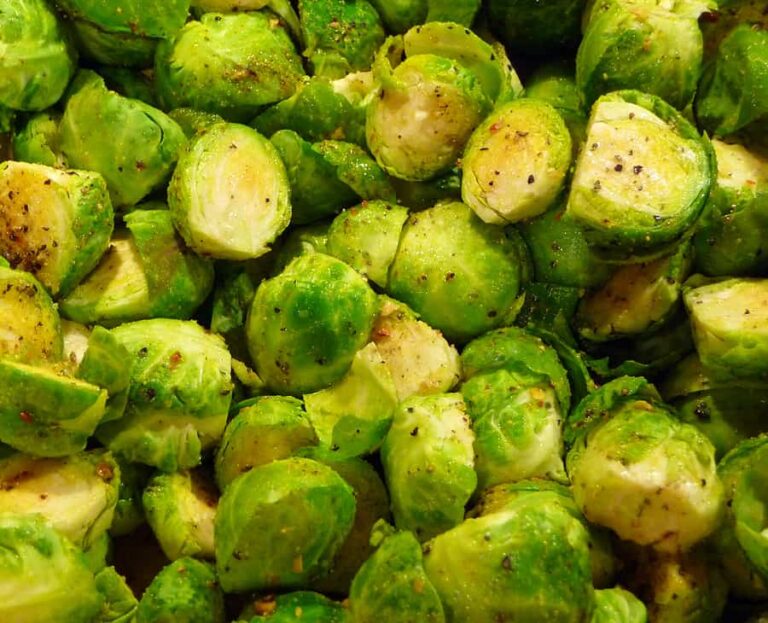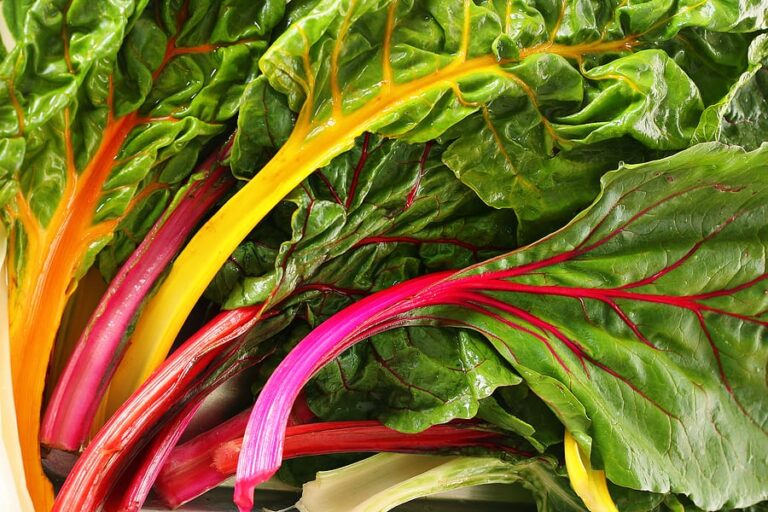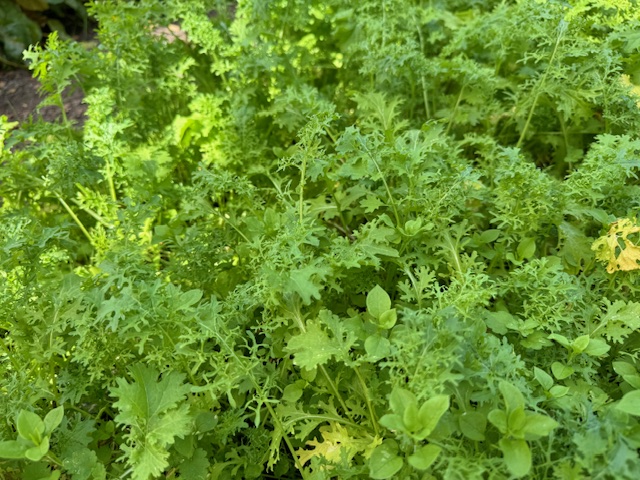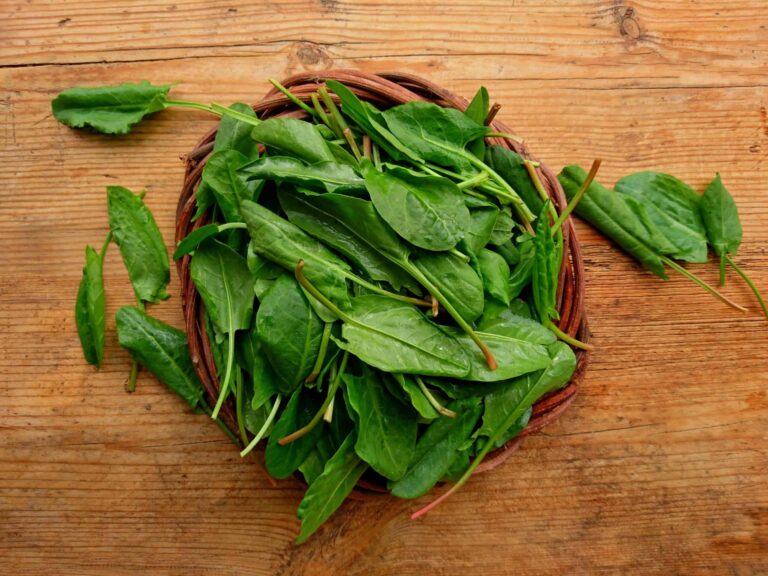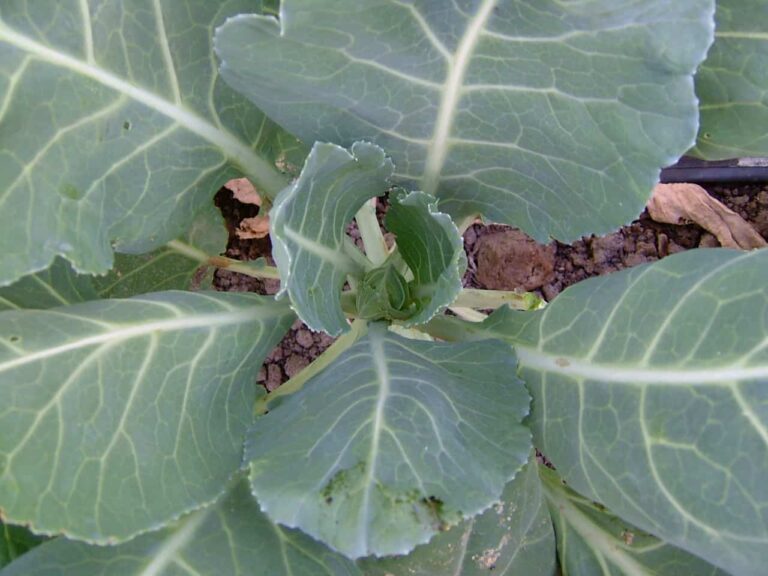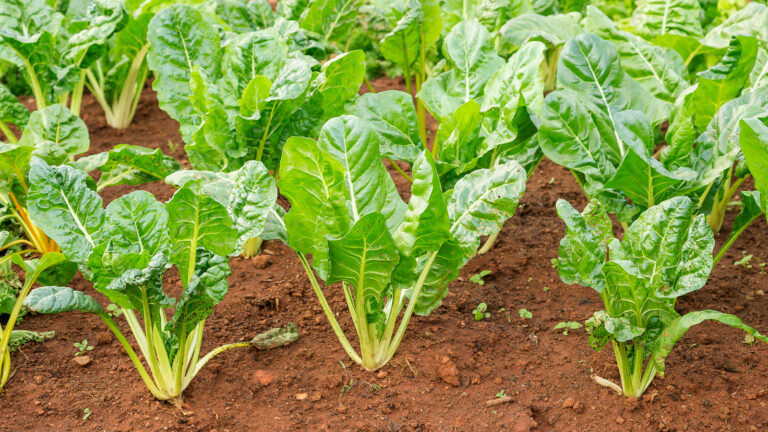Five Ways to Cook and Serve Collard Greens
Fresh chopped or shredded collards can add a little spice to salads. As well, collards can be steamed, boiled, sauteed, and added to soups and stews.
Collards are a good match for smoked pork. Combine collards with mashed potatoes, sweet potatoes, or beans and puree.
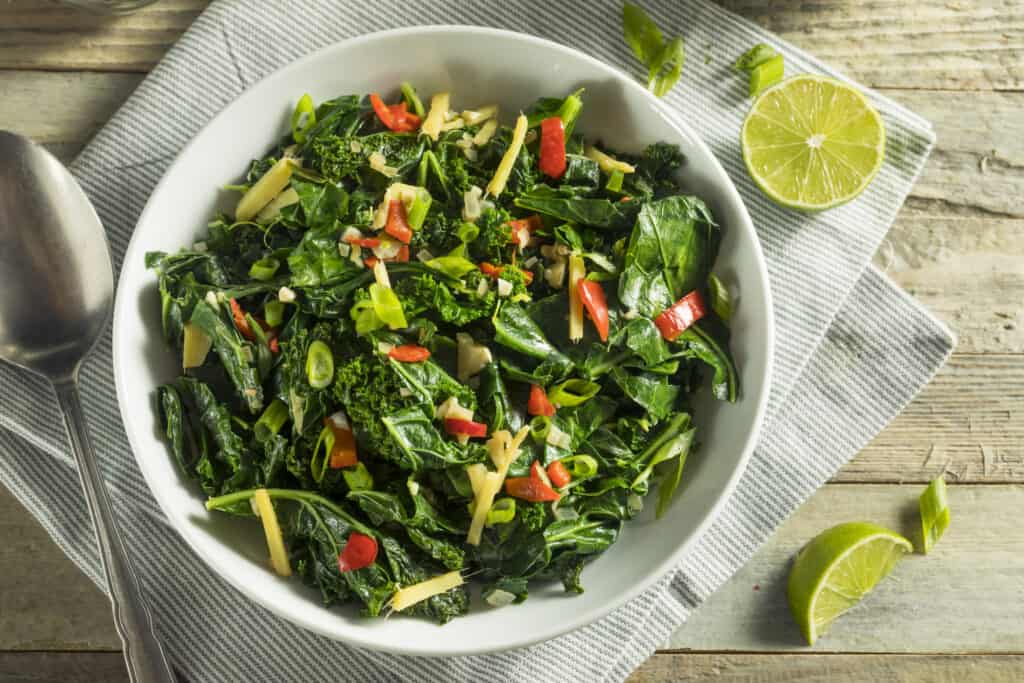
Collards have a very strong cabbagey flavor and are considered substantial enough in taste and texture to replace meat.
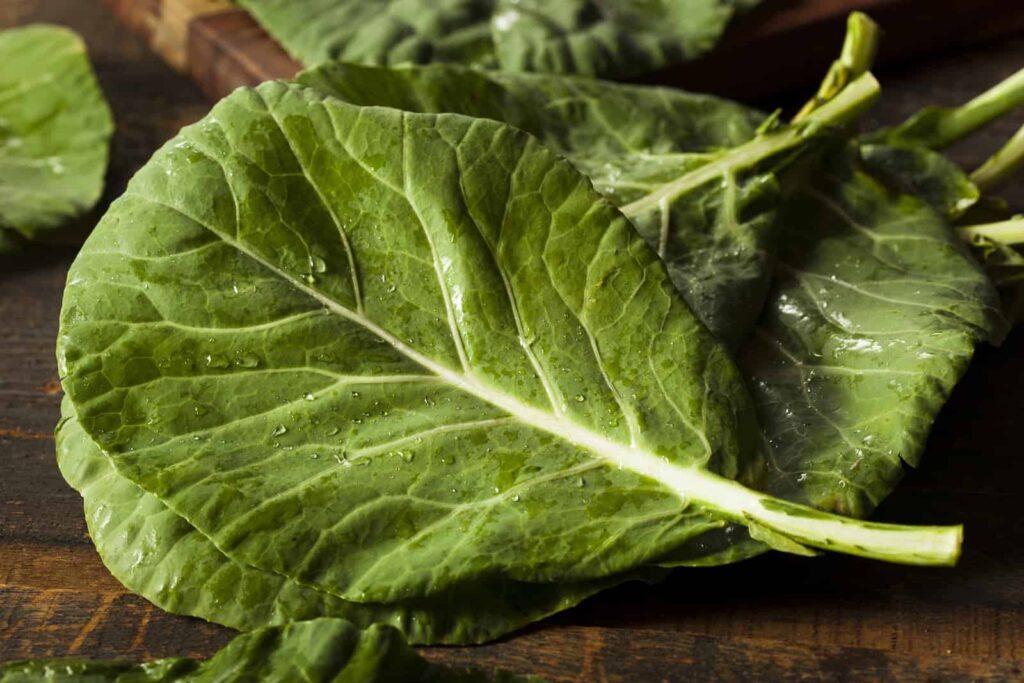
How to choose collards
- Collard bunches should be firm, brightly colored with relatively small leaves that are unblemished.
- Avoid dried, browned, yellowed or coarse-stemmed plants.
How to store collards
- Collards will keep in the refrigerator for 2 or 3 days. Wrap them unwashed in a damp paper towel and place them in a perforated plastic bag.
- The longer they have stored the more bitter tasting they will be.
- Wash collards thoroughly just before using them.
Collards serving suggestions
- Prepare collards like you would spinach. Collards can be steamed, braised, stir-fried, sautéed, or added to soups.
- After washing collards thoroughly, separate each leaf from the central rib–which is unpalatable unless the plant is young and tender. Stack or bunch the leaves and then cut them into strips.
- To moderate the strong flavor and fibrous texture of collards, blanch them for 5 minutes or more before cooking depending upon the toughness of the green.
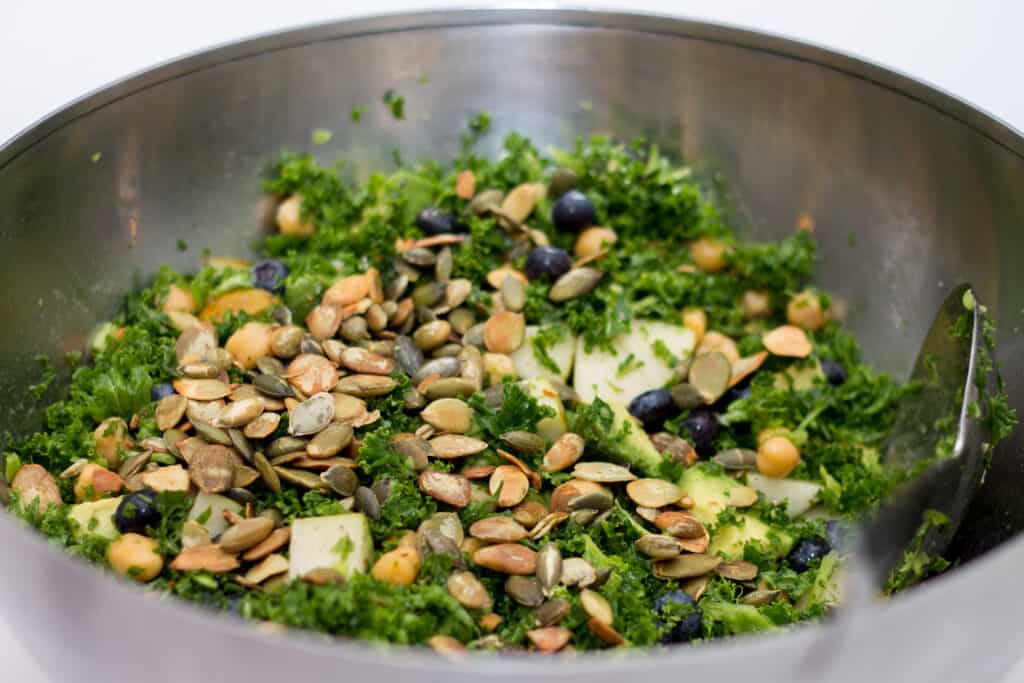
Uncooked collard salad
- Remove stems that are thicker than ¼ inch and wash well.
- Coarsely chop the leaves into strips.
- Place strips in a large bowl. Toss with olive oil and sprinkle on salt.
- Leaves must be well coated with oil; you can massage the leaves to thoroughly coat them with oil.
- Prepare a vinegar dressing; add onions, garlic, red pepper flakes, and ground pepper if you like.
- Pour the dressing over the collard strips then marinate in the refrigerator for 4 hours or more.
- Serve chilled or at room temperature with freshly chopped shallots, bell pepper, tomatoes, and grated cheese.
Collards Cooking Suggestions
Ways to serve collards
There are many ways to serve collards. Here are a few:
- Serve with hearty foods such as pork chops, fried catfish, or garlicky sausage.
- Add shredded to bean soup or rice for color, texture, and flavor.
- Top with grated sharp Cheddar cheese and broil until melted.
- Cook until tender, chop fine, and fold in sour cream and a little nutmeg.
- Cook, drain, and chop then top with crumbled bacon and a hard-boiled egg.
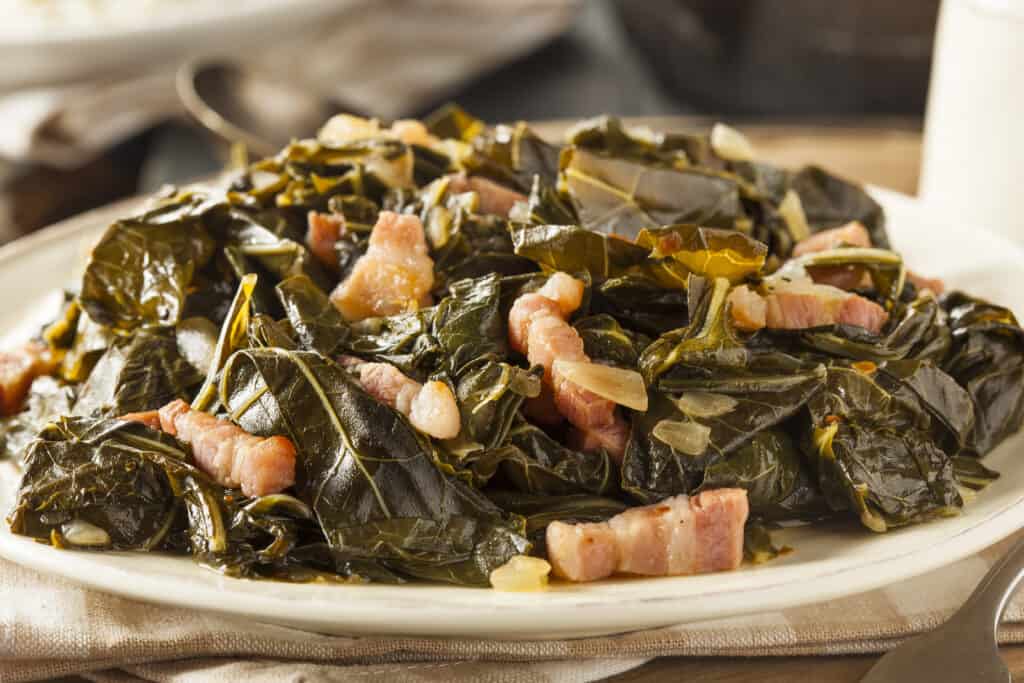
How to cook collard greens Southern style
- To cook collards the southern way, remove stems that are thicker than ¼ inch and wash well.
- Cover and simmer with a piece of ham or bacon for about 2 hours
- Drain and serve.
How to quick boil collards
- Remove stems that are thicker than ¼ inch and wash well.
- Coarsely chop the stems and leaves.
- Bring a large pot of lightly salted water to a boil.
- Cook until the stems are tender and easily pierced with the tip of a sharp knife about 5 to 15 minutes
- Drain and serve immediately or plunge into ice water and drain to reheat later.
- Serve hot with butter, olive oil, or vinegar and a spritz of lemon.
How to steam collards
- Remove stems that are thicker than ¼ inch and wash well.
- Add a few inches of water to a pot then insert a steamer basket. The water should not touch the bottom of the basket.
- Bring the water to a gentle boil over medium-high heat,
- Add shredded collards and cover.
- Steam for 4 to 5 minutes, until tender
How to simmer collards
- Remove stems that are thicker than ¼ inch and wash well.
- Coarsely chop the stems and leaves.
- Lightly coat the bottom of a deep saucepan with olive oil and set over medium heat.
- Add seasonings: onions, sliced garlic, bits of chili pepper, or salt and pepper to taste for 1 minute.
- Add the collards and a half cup of vegetable or chicken stock or water.
- Cover and cook until the greens are just wilted, about 5 minutes
- Uncover and cook until the liquid has just evaporated and the greens are tender.
- Season again to taste and serve hot.
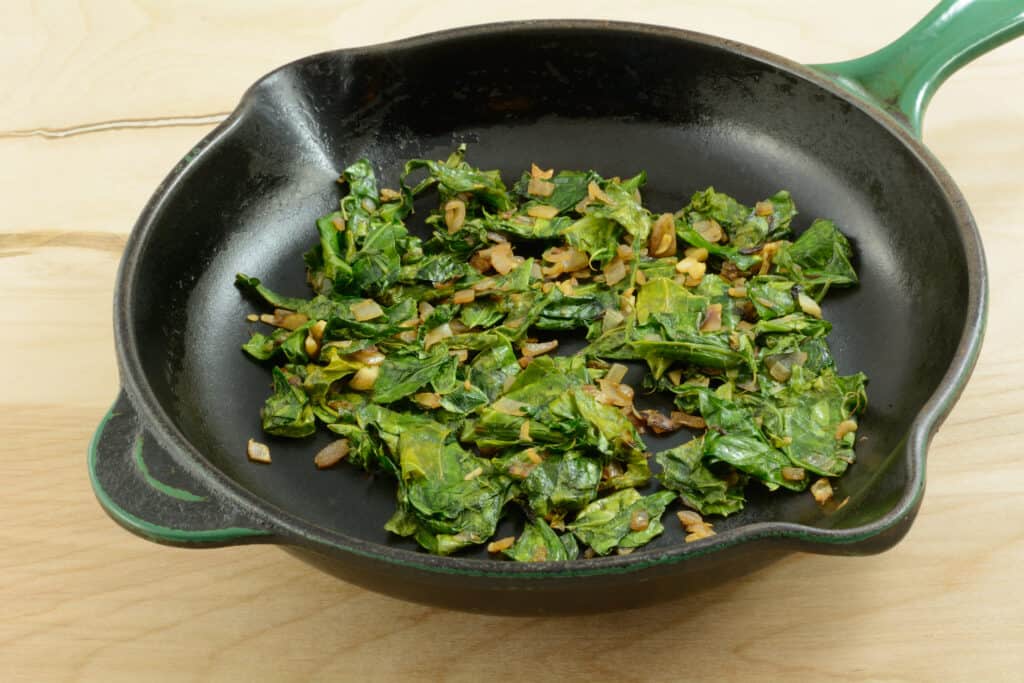
How to sauté collards
- Remove stems that are thicker than ¼ inch and wash well.
- Coarsely chop the stems and leaves.
- Heat a skillet or wok over high heat.
- Add a few tablespoons of olive or peanut oil.
- Add the greens and a bit of minced garlic and cook over high heat stirring constantly until the greens wilt, about 3 to 6 minutes depending on the heat.
- Season with salt and pepper and add lemon juice or vinegar to taste.
- Serve hot.
Collards flavor partners
- Collards have a flavor affinity for aged grating cheese, bacon, corn, cornbread, curry, garlic, ham, hot sauce, lemon, onion, salt, pork, smoked turkey, and vinegar.
- Season collards with salt, pepper, onion, garlic, basil, dill, mace, nutmeg, allspice, mustard, parsley, sage, rosemary, or thyme.
Collards nutrition
- Collards contain about 30 calories per cup cooked and are an excellent source of folic acid and vitamin A, and contain quantities of potassium, calcium, iron, and zinc.

Get to know collards
- Collards are a type of kale with large smooth leaves that resembles a cabbage, but unlike the tight-headed cabbage, collards form a very loose leafy head. The thick leaves are paddle-shaped with either flat or curly edges depending upon the variety.
- Collards grow to about 18 inches (45 cm) tall, and the leaves have thick veins and a tough, white central rib extending from a pronounced stem.
- The name collard, like the name kale, is said to derive from the Greek word kaulos which means stem. In the 1600s in England, the word kaulos had become ‘cole’ in reference to those plants that formed heads—which we now call kale (the Scottish name) and cabbage. Coles that did not form heads or were pulled from the garden as thinnings to make room for stronger heading plants were called colewort. Through dialect corruptions over the next few hundred years, colewort became collart and collart later became collard.
- The plant is a common kitchen vegetable in cultures as diverse as Portugal, Ethiopia, Kenya, Jamaica, Brazil, and India.
- Collards in the United States are most popular in the South where they were introduced into culinary use by African slaves brought there before the American Civil War. Collards—which are hardy to 5°F (-15°C)–were an important food in the months from January to April when there was no cabbage harvest.
The botanical name for collards is Brassica oleracea var. acephala (acephala means without head).
Collards articles on Harvest to Table:
How to Plant and Grow Collards
How to Harvest and Store Collards
Articles of interest:
Best Herbs for Container Growing
Garden Planning Books at Amazon:
- Vegetable Garden Almanac & Planner
- Kitchen Garden Grower’s Guide Vegetable Encyclopedia
- Vegetable Garden Grower’s Guide
- Tomato Grower’s Answer Book
More kitchen tips:
Bring your harvest to the table. Kitchen prep tips and easy recipes for the vegetables you grow. Click below for vegetable prep and recipes you can use now.
- Almonds
- Apples
- Apricot
- Aprium
- Artichoke
- Arugula
- Asparagus
- Avocado
- Bamboo Shoots
- Banana
- Basil
- Beans, Dried
- Beans. Long
- Beans, Shell
- Beans, Snap
- Beets
- Bitter Melon
- Blackberry
- Bok Choy
- Broccoli
- Broccoli Raab
- Brussels Sprouts
- Cabbage
- Cardoon
- Carrots
- Cauliflower
- Celeriac
- Celery
- Chard
- Chayote Squash
- Cherimoya
- Cherries
- Chestnut
- Chickpea
- Chinese Cabbage
- Chives
- Cilantro
- Citron
- Clementine
- Collards
- Coriander
- Corn, Sweet
- Corn, Baby
- Corn Salad, Mache
- Cranberry
- Cress
- Cucumber
- Daikon
- Dandelion
- Dill
- Eggplant
- Endive, Belgian
- Endive and Escarole
- Fava Beans
- Fig
- Florence Fennel
- Garlic
- Ginger
- Grapefruit
- Grapes
- Guava
- Horseradish
- Jerusalem Artichoke
- Jicama
- Jujube
- Kale
- Kiwifruit
- Kohlrabi
- Kumquat
- Leeks
- Lemongrass
- Lemons
- Lettuce
- Lime
- Mache (Corn Salad)
- Mandarin Orange
- Mango
- Maple Syrup
- Marjoram
- Melons
- Michihili
- Mint
- Mizuna
- Mushrooms
- Mushrooms, Cremini
- Mustard Greens
- Napa Cabbage
- Nectarine
- Okra
- Olives
- Olive oil
- Onions
- Oranges
- Oregano
- Parsley
- Parsley Root
- Parsnips
- Passion Fruit
- Pawpaw
- Peaches
- Pears
- Peas, Garden Snap
- Peas, Snow
- Pei Tsai
- Peppers, Chili
- Peppers, Sweet
- Persimmon
- Pineapple
- Pineapple Guava
- Plantain
- Plums
- Pluots
- Pomegranate
- Potatoes
- Prickly Pear
- Pumpkin
- Quince
- Radicchio
- Radishes
- Raspberries
- Rosemary
- Rhubarb
- Rutabaga
- Sage
- Salsify
- Sauerkraut
- Savory
- Shallots
- Sorrel
- Spinach
- Squash, Summer
- Squash, Winter
- Strawberries
- Sunchokes
- Sunflower
- Sweet Potato
- Swiss Chard
- Tangerine
- Taro
- Tarragon
- Thyme
- Tomatillo
- Tomato
- Turnip
- Turnip Greens
- Yams

